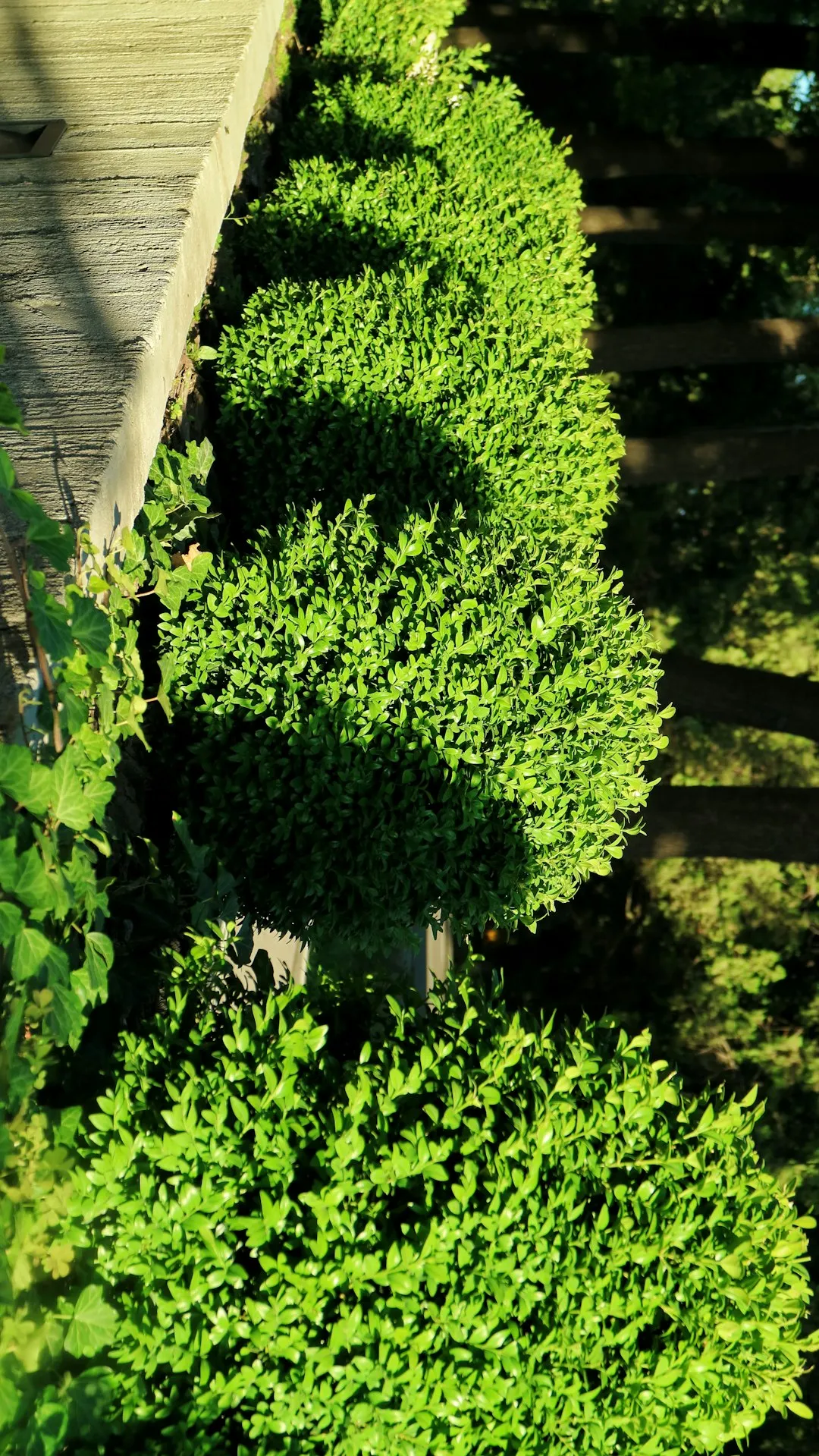The Enchanting World of Hydrangeas

Gardening enthusiasts often find themselves drawn to the allure of hydrangeas, and for good reason. These remarkable plants have the unique ability to thrive in both sunny and shady locations, gracing gardens with their vibrant blooms from the warmth of summer well into the crisp days of fall. Their versatility makes them a staple in many landscapes, adding a touch of elegance and color wherever they are planted.
One of the most fascinating aspects of hydrangeas is the incredible diversity within the species. There are numerous varieties, each with its own distinct characteristics in terms of size, flower shape, and color. Some hydrangeas grow into large, imposing shrubs, while others remain more compact, making them suitable for smaller gardens or container planting. The flower shapes also vary widely, from the classic mop - head clusters that resemble large, fluffy balls to the delicate lace - cap varieties, which feature a ring of showy outer flowers surrounding a center of smaller, fertile blooms.
When it comes to color, hydrangeas are a true spectacle. They can display an array of hues, including shades of blue, pink, purple, white, and even green. What's truly remarkable is that in some cases, the color of the hydrangea flowers can be influenced by the soil pH. Acidic soils tend to produce blue flowers, while alkaline soils result in pink ones. This gives gardeners the opportunity to play with the soil chemistry to achieve their desired color palette.
Planting hydrangeas requires a bit of knowledge and care. First, it's important to choose the right location. As mentioned earlier, they can tolerate both sun and shade, but different varieties have different preferences. For example, some hydrangeas, like the panicle hydrangeas, can handle more sun and will produce larger, more abundant blooms in full - sun conditions. On the other hand, bigleaf hydrangeas often do better in partial shade, especially in regions with hot summers, as too much sun can cause their leaves to wilt and their flowers to fade prematurely.
The soil preparation is also crucial for the healthy growth of hydrangeas. They prefer well - drained, fertile soil that is rich in organic matter. Adding compost or well - rotted manure to the planting hole can help improve the soil structure and provide essential nutrients. When planting, make sure to dig a hole that is wide and deep enough to accommodate the root ball of the hydrangea. Gently place the plant in the hole, backfill with soil, and water thoroughly to settle the soil around the roots.
Watering is another important aspect of hydrangea care. They need regular watering, especially during dry spells. However, it's important not to over - water, as this can lead to root rot. A good rule of thumb is to keep the soil consistently moist but not waterlogged. Mulching around the base of the hydrangea can help retain moisture in the soil and also suppress weed growth.
Fertilizing hydrangeas can also enhance their growth and blooming. A balanced, slow - release fertilizer can be applied in the spring, just as new growth begins. Be careful not to over - fertilize, as this can result in excessive foliage growth at the expense of flower production. Some gardeners also like to use fertilizers specifically formulated for acid - loving plants if they want to encourage blue flower color.
Pruning hydrangeas is a topic that often confuses gardeners. Different varieties of hydrangeas have different pruning requirements. For example, some hydrangeas, like the smooth hydrangeas, bloom on new wood, which means they can be pruned in late winter or early spring. Pruning these types of hydrangeas can help promote new growth and larger blooms. On the other hand, bigleaf hydrangeas bloom on old wood, so pruning should be done immediately after they finish blooming to avoid cutting off next year's flower buds.
In conclusion, hydrangeas are a wonderful addition to any garden. Their ability to thrive in various conditions, their wide range of sizes, shapes, and colors, and their relatively easy care make them a favorite among both novice and experienced gardeners. Whether you have a large, sprawling garden or a small balcony, there is a hydrangea variety that will suit your space and bring beauty and charm to your outdoor area. So, why not embark on the journey of growing hydrangeas and experience the magic they can bring to your garden?